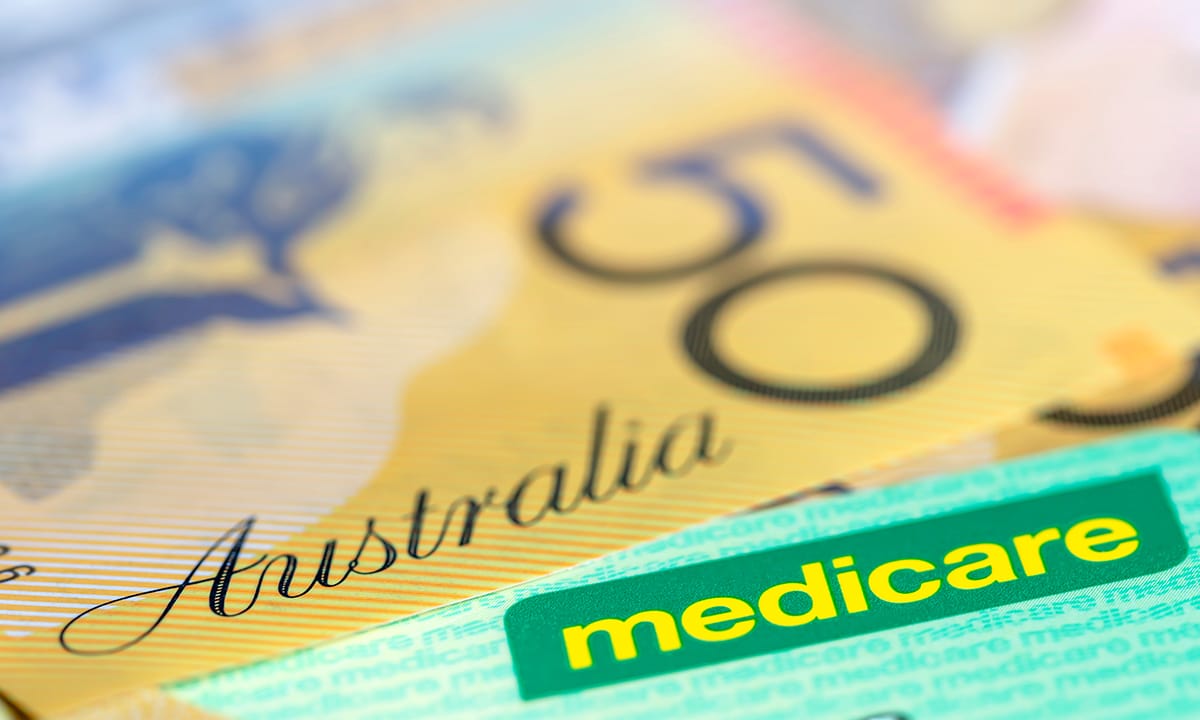Australian fashion trends are capturing the world’s attention with a unique blend of coastal cool, sustainable design, high-end creativity, and diverse regional flair. From the street-savvy youth in Melbourne’s laneways to the luxurious sophistication of Sydney’s designer scene, fashion in Australia reflects not just seasonal shifts, but cultural evolution. With over 80% of Australians believing fashion is a key part of their personal identity, this multi-billion-dollar industry is more than just fabric—it’s a national statement. According to a 2023 survey by (YouGov Australia), 71% of consumers prioritize style choices that also reflect ethical and sustainable values. This transformation can be seen in the way local brands like (Citizen Wolf) and (Outland Denim) are gaining traction across both local and global markets.
In the urban landscape, street fashion continues to thrive as one of the boldest reflections of youth culture. Powered by the influence of Instagram icons and TikTok stars, cities like Sydney, Brisbane, and Melbourne have become hotspots of casual-chic experimentation. Australian fashion trends seen on platforms such as (The Iconic) and worn by influencers like Sarah Ellen illustrate this dynamic energy. A recent (Statista) report shows that sneaker culture, oversized layers, and gender-fluid designs have grown in popularity by 37% among Gen Z Australians over the past year alone.
Sustainability has also evolved from niche to necessity. Australian consumers are increasingly demanding eco-conscious options, which has led to a surge in slow fashion and ethical retailing. Leading the charge are brands like (Spell & The Gypsy Collective) and (Boody), known for their use of organic materials and zero-waste practices. Even larger retailers like (Myer) and (David Jones) have expanded their ethical collections, in response to growing demand for transparency in manufacturing and packaging.
Luxury fashion in Australia is equally on the rise. Designers like (Zimmermann) and (Dion Lee) are now household names on the international runway scene, with events like (Afterpay Australian Fashion Week) putting Australian fashion trends on a global pedestal. In 2023, Zimmermann reported revenues exceeding AU$180 million, 70% of which came from overseas buyers—proving that high-end Aussie style travels well. Notably, many of these luxury brands infuse their collections with laid-back elements inspired by the country’s beaches and natural palette, giving them a uniquely Australian edge.
Seasonal and regional variations in fashion are also a defining element. From Queensland’s love for breezy linens to Melbourne’s structured winter layers, each Australian state presents its own take on style. Retail reports from (Westfield) show distinct buying patterns between north and south, shaped by climate and local preferences. Furthermore, regional fashion festivals like (Gold Coast Fashion Week) and (Darwin Aboriginal Art Fair) celebrate indigenous and local designers who bring cultural storytelling to the forefront of contemporary fashion.
Street Style Down Under
Youth Culture and Urban Cool
Streetwear in Australia thrives on a unique mix of surf, skate, and music culture, especially in cities like Melbourne and Sydney. According to a 2023 Statista report, 42% of Gen Z Australians identify streetwear as their go-to style, showing a significant rise in influence from local rappers and TikTok influencers. Brands like Nana Judy and Ksubi dominate youth wardrobes, offering pieces that blend comfort with attitude.
Homegrown Influencers and Global Reach
Australian fashion influencers are increasingly driving street style trends. Personalities such as Sarah Ellen and Nathan McCallum have millions of followers, with Instagram engagement rates reaching over 4.2%, significantly above the global average. These influencers showcase how Australian fashion trends are merging local identity with global aesthetics.
The Sneaker Craze
Sneakers have become an essential part of the Australian street style. A 2022 survey by Roy Morgan Research found that nearly 65% of Australians aged 18–35 own at least three pairs of sneakers. Brands like Nike, Adidas, and emerging Aussie label Athletikan are hot choices, often styled with oversized shirts and vintage jeans.
Local Brands Taking Center Stage
Labels such as P.E Nation and Zanerobe are reshaping the landscape of casual fashion. Known for their bold colors and urban cuts, they cater to a crowd that wants athleticism with edge. In 2023, P.E Nation reported a 120% growth in online sales, showing the rising demand for Aussie streetwear.
Festival Fashion and Statement Pieces
Music festivals like Splendour in the Grass and Beyond the Valley are showcases for bold street fashion. Sequined outfits, bucket hats, and utility vests are seen frequently, with a 2023 Eventbrite poll showing 74% of attendees plan their looks weeks in advance. These events influence broader Australian fashion trends, pushing experimentation.
Eco-Friendly and Sustainable Looks
Australia’s Green Fashion Movement
Sustainability has become a major force in shaping Australian fashion trends. In 2023, 71% of Australians said they prefer brands that prioritize eco-friendly practices (YouGov survey). Consumers are leaning toward natural fabrics like organic cotton, hemp, and linen as part of a growing awareness of environmental impact.
Brands Leading the Charge
Homegrown brands like Spell & The Gypsy Collective, Outland Denim, and Citizen Wolf have become flagbearers for sustainable fashion. Outland Denim, for instance, uses a zero-waste manufacturing model and has reported a 45% increase in global sales in the last two years, largely due to demand for ethical denim.
Upcycling and Circular Fashion
Australians are embracing upcycling as a way to express individuality while protecting the planet. A 2023 ABC News feature highlighted that over 2 million Australians engaged in clothing swaps or upcycling projects in the past year. Apps like SwapUp and initiatives like The Clothing Exchange are leading the way.
Secondhand is First Choice
Vintage shopping is booming. According to IBISWorld, the secondhand clothing market in Australia grew by 14.6% in 2023 alone. Thrift shops and online marketplaces such as Depop and Facebook Marketplace are popular among Gen Z, who are reshaping Australian fashion trends through conscious consumerism.
Sustainable Fabrics and Slow Fashion
Slow fashion is gaining traction as shoppers reject fast fashion’s environmental toll. Materials like bamboo viscose and Tencel are increasingly used in collections from ethical brands. A Textile Exchange report shows that Australia ranks among the top five countries globally for ethical wool production, contributing to mindful fashion growth.
High-End Designers Making Waves
Australia’s Luxury Fashion Scene
While traditionally known for laid-back fashion, Australia is now carving a space in the luxury world. High-end designers such as Zimmermann and Dion Lee have featured in global fashion weeks. Zimmermann alone reported AU$180 million in revenue in 2023, with 70% of sales coming from international markets.
From Local Runways to Global Fame
Australian Fashion Week, held annually in Sydney, is a showcase for upscale brands. In 2023, over 50 designers participated, drawing media from Vogue, Harper’s Bazaar, and WWD. The international spotlight has helped elevate Australian fashion trends, blending couture elements with native influences.
Couture Meets Beach Culture
Luxury in Australia has a uniquely relaxed tone. Designers often infuse their collections with coastal references—flowing silhouettes, sun-washed palettes, and breathable materials. This hybrid aesthetic has become a hallmark of modern Australian fashion trends and appeals to both domestic and global luxury markets.
Emerging Talent to Watch
Names like Anna Quan, Albus Lumen, and Michael Lo Sordo are gaining serious attention. In 2023, Anna Quan’s label saw a 60% spike in overseas orders, particularly from Europe. These designers represent the new wave of luxury that is minimal, refined, and proudly Australian.
Celebrity Endorsements and Fashion Exports
Australian designers enjoy strong celebrity backing. Margot Robbie, Nicole Kidman, and Kylie Minogue frequently wear Aussie labels on red carpets. Their endorsements have helped put high-end Australian fashion trends on the map, particularly in markets like the U.S. and U.K., where sales have surged 40% year-over-year.
Seasonal Trends Across the States
Summer Style in Queensland
Queensland’s tropical climate inspires light and airy fashion choices. Linen dresses, straw hats, and open-toe sandals dominate summer wardrobes. According to a 2023 Myer retail report, sales of linen apparel in Queensland increased by 32%, reflecting the seasonal influence on Australian fashion trends.
Melbourne’s Winter Layering
Melbourne is famed for its cold winters and moody palette. Layered coats, scarves, and tailored trousers are staples. A Westfield survey showed Melbournians spend 25% more on winter fashion compared to any other Australian city. Local designers like Viktoria & Woods cater perfectly to this market with wool-rich collections.
Transitional Fashion in Sydney
Sydney enjoys a temperate climate, leading to a blend of summer and winter styles. Lightweight jackets paired with shorts or maxi dresses with boots reflect this transitional mood. Data from The Iconic reveals that Sydney shoppers buy seasonal crossover items 1.5x more than shoppers in colder regions.
Perth’s Bold Color Palettes
Perth is known for its sunshine and coastal vibes, which encourage bold color choices and print-heavy styles. Brands like Camilla capitalize on this, with kaftans and resort wear proving especially popular. In 2023, sales of vibrant resort wear jumped 38% in Western Australia, driven by local and tourist demand.
Regional Fashion Festivals and Local Talent
Events like the Darwin Aboriginal Art Fair and the Gold Coast Fashion Week showcase local design perspectives. These festivals highlight how regional influences shape broader Australian fashion trends, especially through indigenous art prints, climate-adaptive designs, and rural craftsmanship gaining national recognition.




